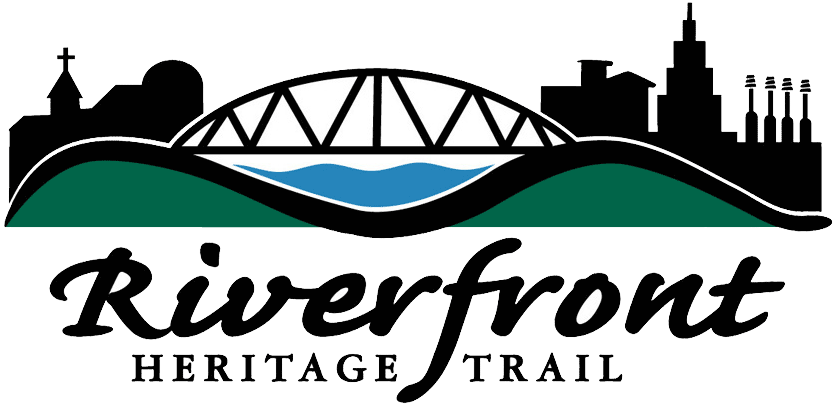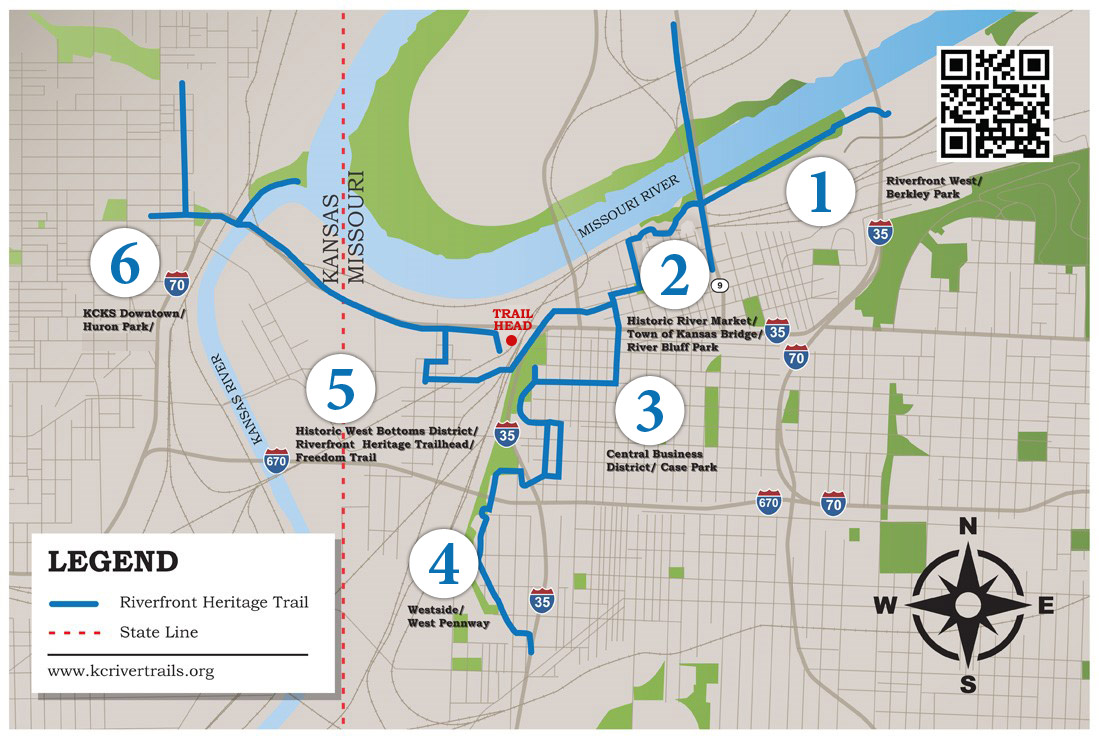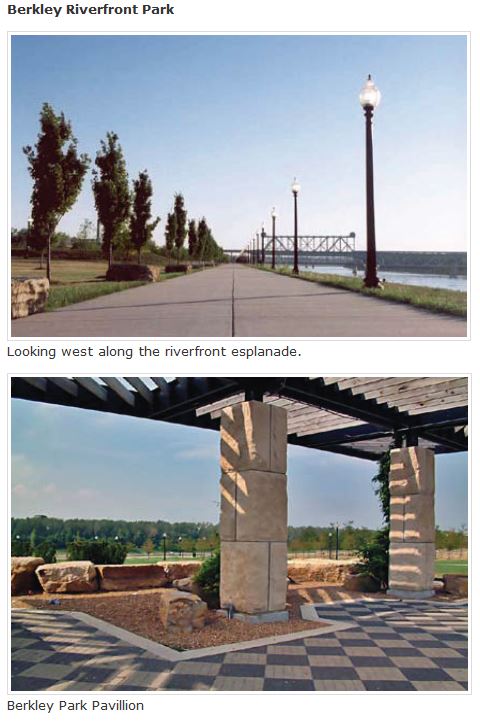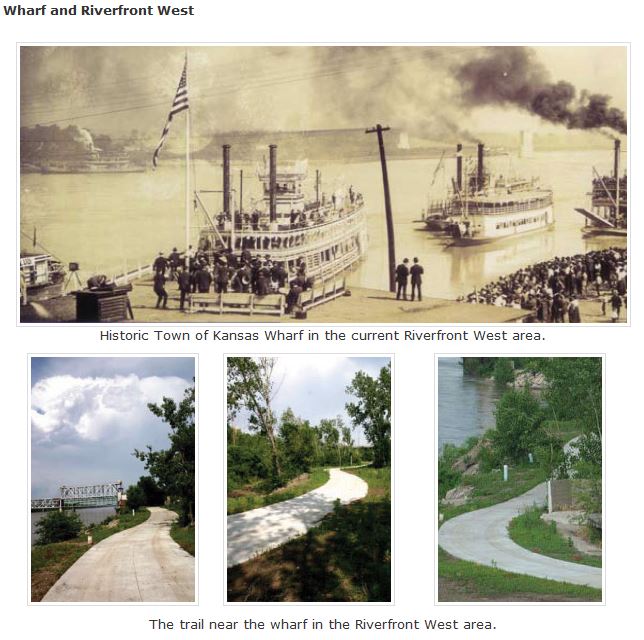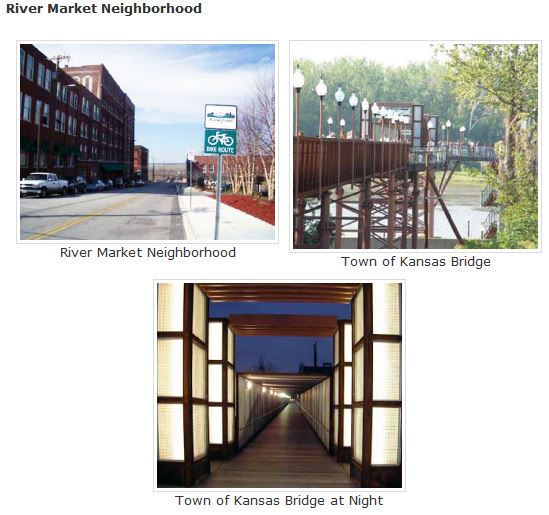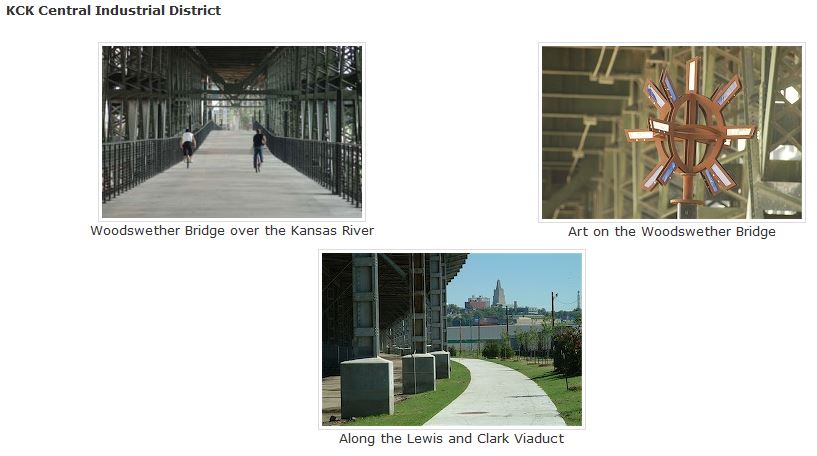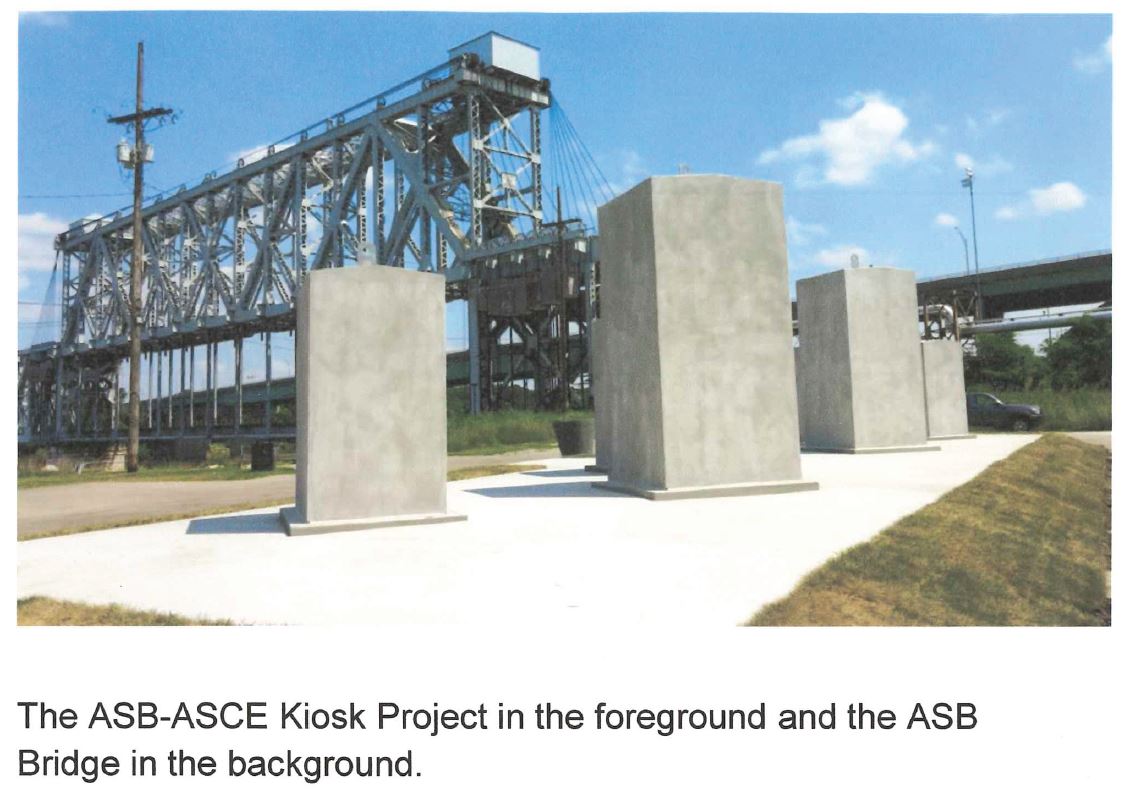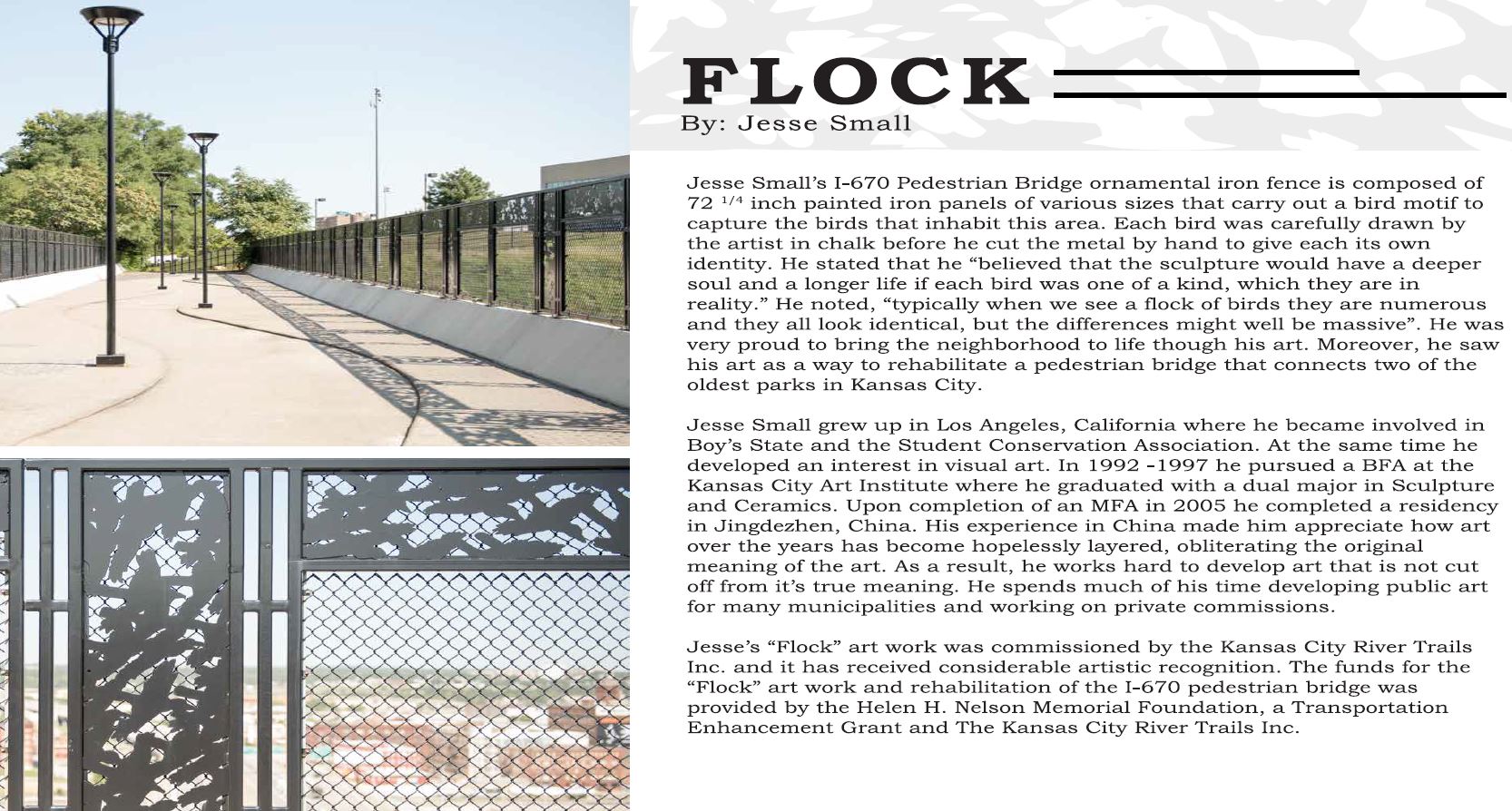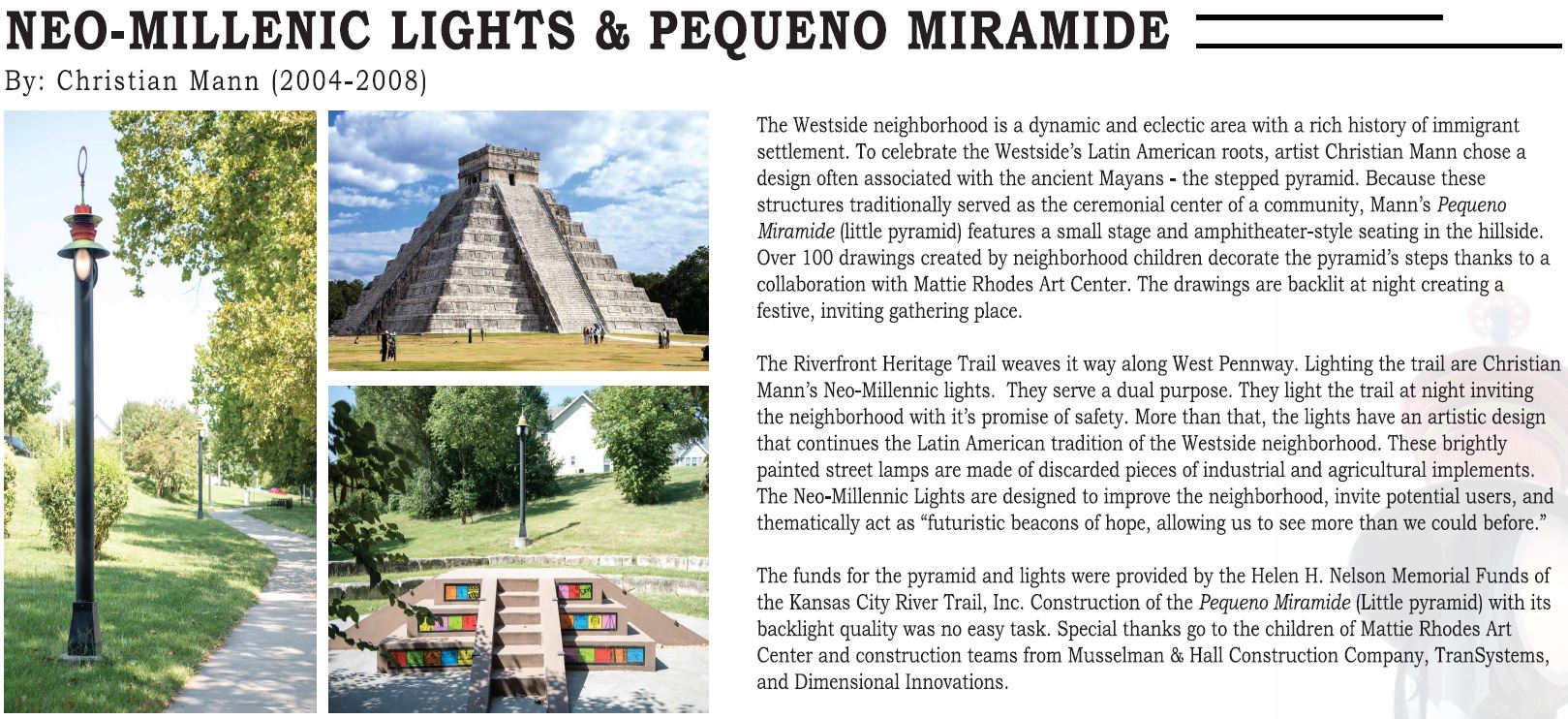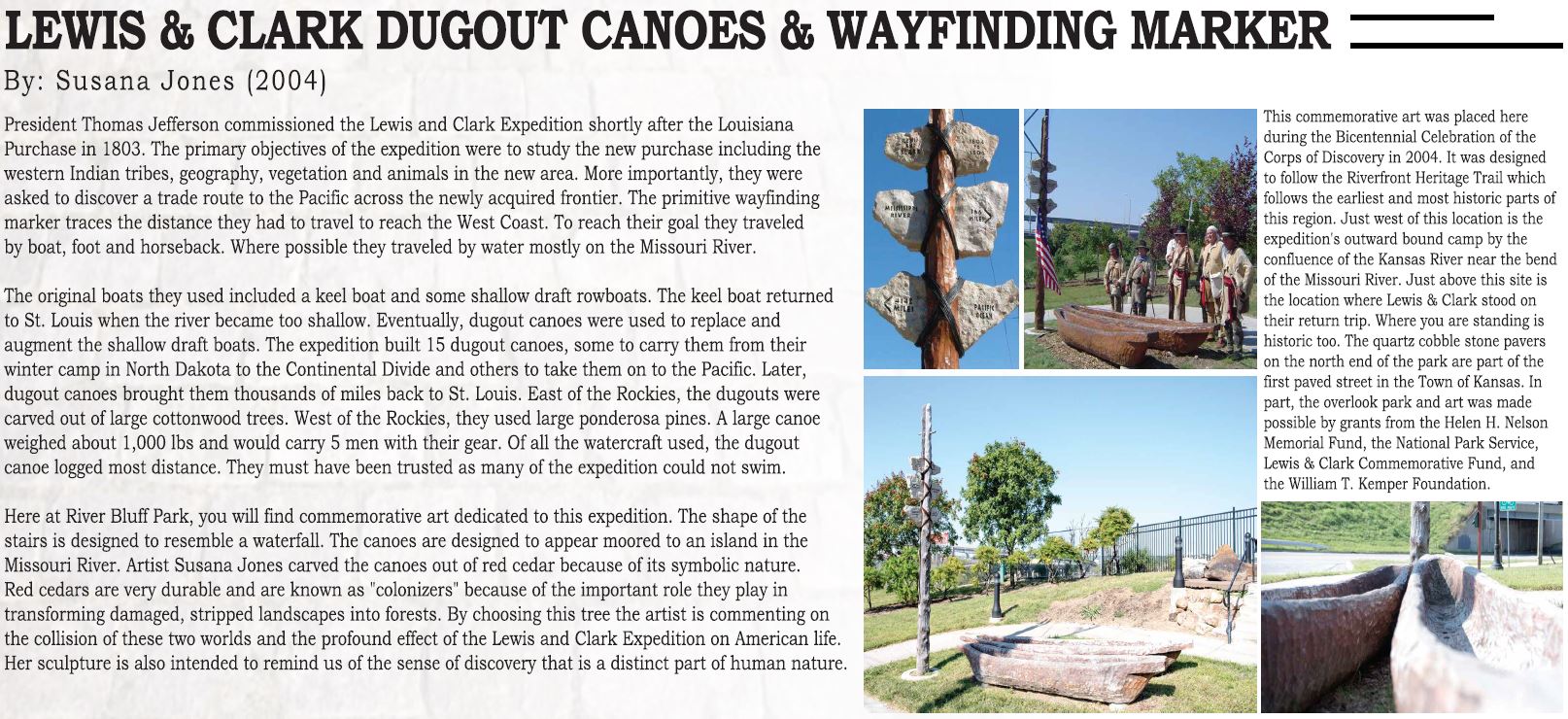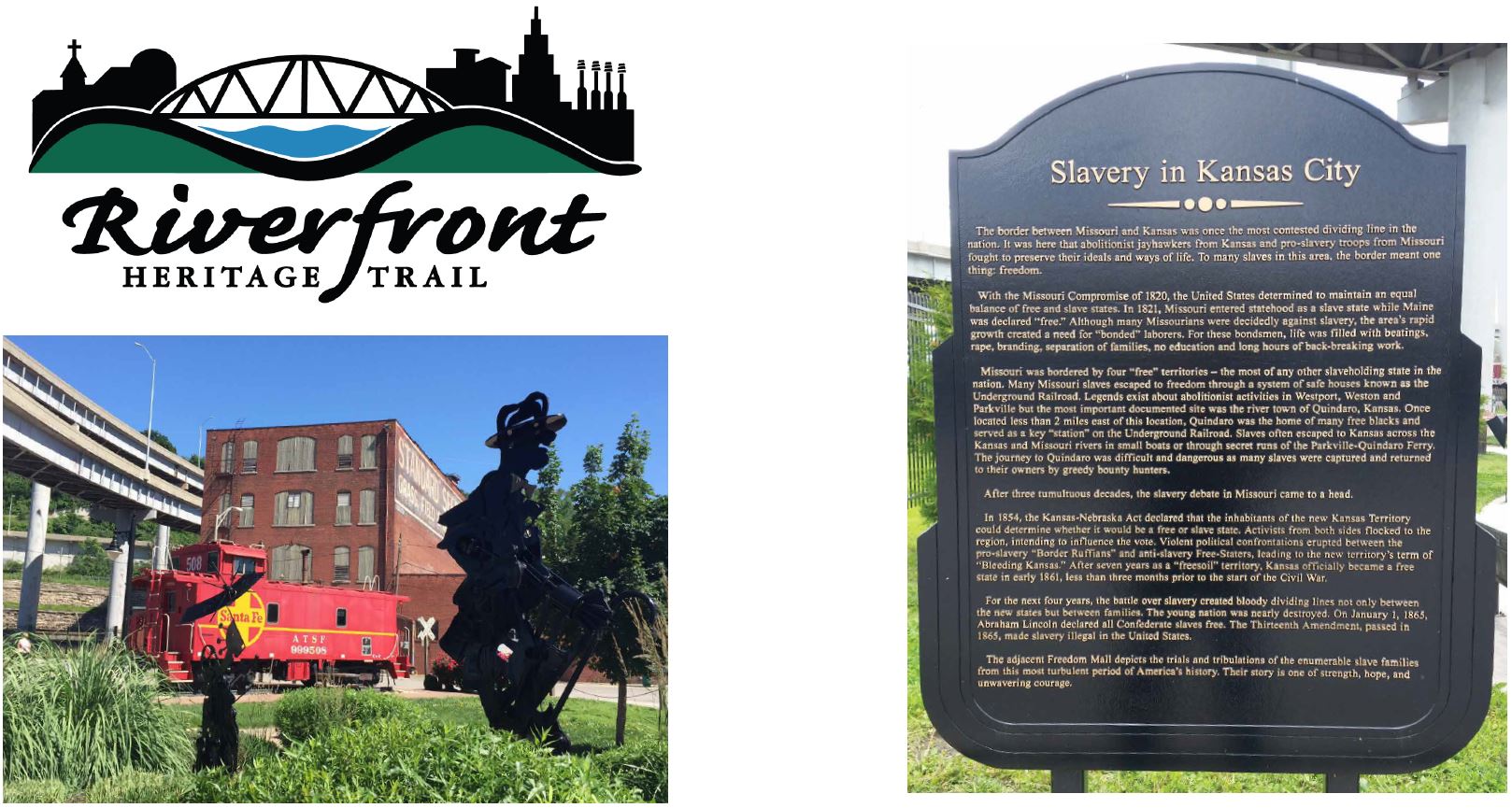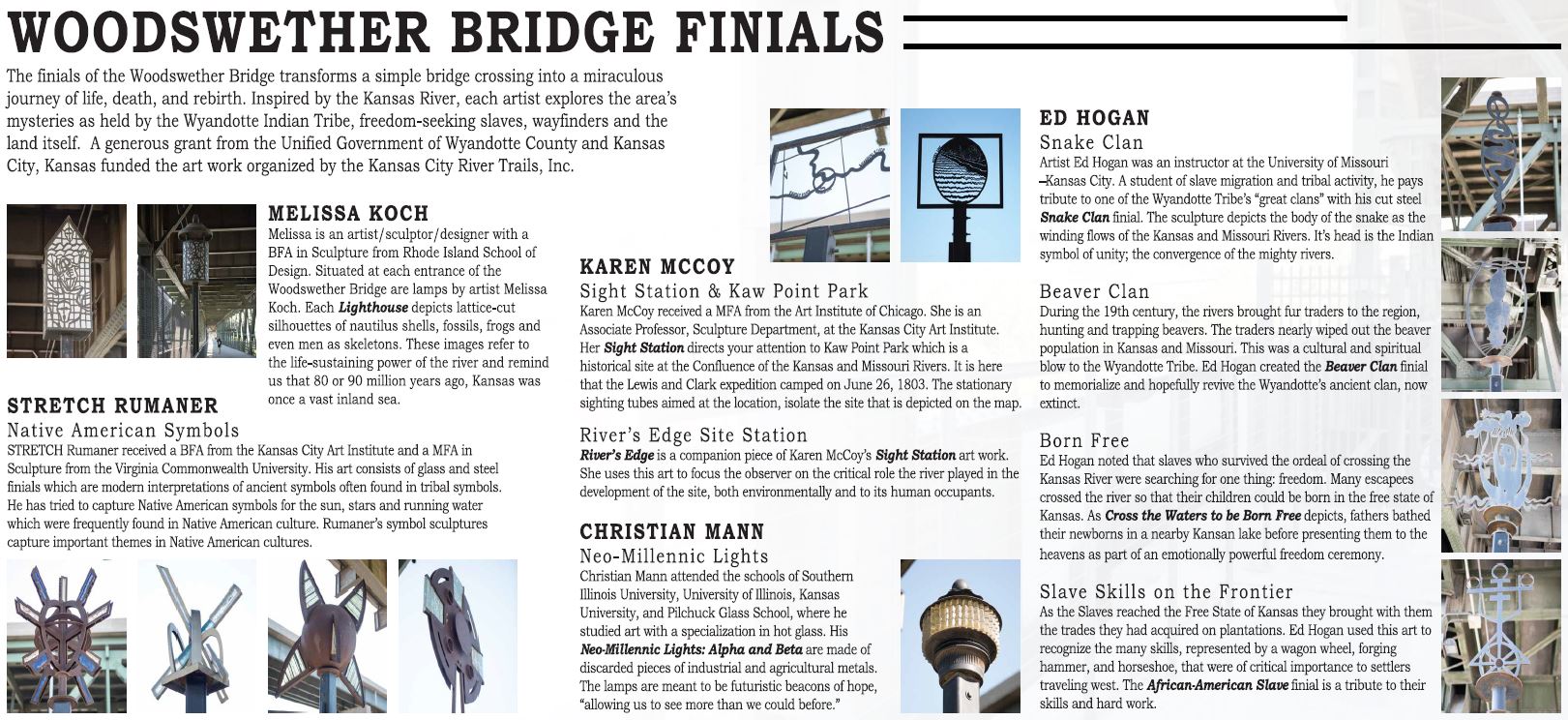Cycling or Walking on the Trail in Inclement Weather
Cycling and walking on the trail is one of the healthiest and most environmentally friendly ways to get from Point A to Point B. While it may be tempting to hang up your bicycle and not walk on the trail when the snow starts to fall, it’s actually possible to use the trail and ride year-round with a little planning. Here are some safety tips to consider.
In the Rain
Don’t layer—a common misconception is if you wear a lot of layers, you’ll stay dry. Unfortunately, what usually happens is you’ll just be wearing three wet shirts instead of one. You should dress for the temperature outside and wear a very thin poncho if none of your gear is water resistant.
Avoid brick and metal—these surfaces become very slick when wet. If you must travel over brick or metal, be sure to do so with extreme caution. Lighten up—you should always have reflective gear in the rain, as visibility will be much lower for other trail users, motorists and cyclists. You can attach additional reflectors to your bicycle or use reflective tape on your clothing.
Snow
It is a false assumption to think the trails have been cleared of snow. Slow down—it’s usually twice as hard to brake when it’s snowing out. Give yourself double the space when approaching stop signs and intersections to ensure you don’t skid in the snow.
If biking consider use an old mountain bicycle—while fat bikes are great, they often cost $3,000. If you have an old mountain bike gathering dust in your garage, consider using it when it’s snowing. You’ll utilize and otherwise-wasted bicycle and save yourself a big hunk of change as well.
Leave your bike in the garage—if you bring a warm bike outside in cold conditions, you’re more likely to get ice buildup in your brakes. Leaving your bicycle in the garage is often much better for its longevity.
In the Heat
Get acclimated—if you usually take a 10-mile loop but the temperature jumps to the mid 90s, it’s unreasonable to expect you can travel as far in such poor conditions. Take it easy and let your body get used to cycling in the heat and humidity. It is also unreasonable to expect there will be ample places along the trail for water.
Stay hydrated—a 150-pound walker or rider should drink at least one 16-ounce bottle of water per hour on a ride, but larger riders on hilly routes could need up to four bottles per hour. Heat exhaustion sets in quickly, so you should always be prepared with plenty of water.
Leave early (sometimes)—if you’re not a fan of hot temperatures, consider leaving early in the morning, particularly before the sun rises. The sun is at its highest at noon, but temperatures continue to rise until 3 PM. Be wary of this tactic if you’re not a fan of humidity though—the morning is often the most humid point of the day.
If you plan to ride a bike on the Riverfront Heritage Trail we strongly recommend you wear a helmet. Bike accidents with devastating medical consequences happen all too often even to the most experienced rider. We want your trip on our trail to be a positive experience.
This article was provided by www.personalinjury-law.com, an organization dedicated to providing the public with information about personal injury and safety information. Nothing in this article should be construed as legal advice, and it is intended for informational use only. Be sure to review your local cycling ordinances to ensure you ride safe and legally.
